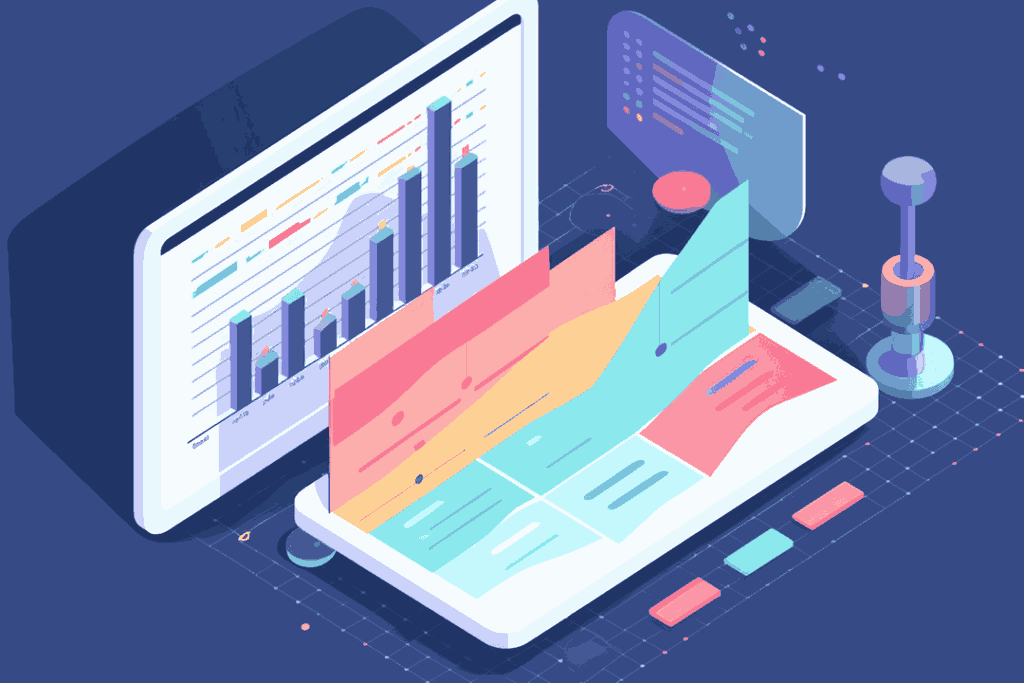How to track items sold (shopify) without you lifting a finger.

Growth Without Tracking Is a Gamble
Scaling a Shopify store without knowing exactly how many items you sell is like driving without a speedometer.
You might be moving — but you have no idea if you’re heading toward steady growth or a crash.
Tracking items sold gives you hard facts: which products are carrying your store, which ones are slowing you down, and where your real opportunities to grow are hiding. Overall, its just important to know how to track items sold (Shopify).
What Happens When You Don’t Track Items Sold
Most stores that don’t track item-level sales fall into one of these traps:
- Wasted ad spend – Promoting products that don’t actually sell
- Stock issues – Running out of winning products without realizing it
- Slow growth – Scaling products that aren’t strong enough to carry bigger revenue goals
It feels like you’re busy, but the store isn’t really getting bigger.
That’s why smart Shopify owners lean on tools like the Total Items Sold Report, which show real numbers, not guesses.

By the Numbers
Empower your business with our Shopify Data Driven App

- ✔ Know Your Audience Behavior
- ✔ Deep Customer Segmentation
- ✔ Retarget With Integrations
- ✔ All The KPIs & Reports You Need
Why Items Sold Tells You More Than Revenue Alone
1. Revenue Can Lie
You might have a few big sales propping up your store, but if most of your catalog isn’t moving, growth gets risky.
Tracking how many units you sell gives you a clearer picture of real customer demand.
2. You Spot Hidden Winners Faster
Sometimes a lower-priced item quietly sells hundreds of units with almost no promotion. Tracking items sold helps you spot these “silent winners” and scale them fast.
3. You Protect Your Supply Chain
If you know what products are flying off the shelves, you can restock before you run out — not after. This keeps your store’s momentum strong during promotions and holiday seasons.
How to Use Items Sold Data to Scale
1. Focus Your Ads on Top-Selling Products
Spend more on products that already prove they can move volume. Don’t waste budget guessing what “might” sell.
2. Build Better Bundles
Use your best-sellers as anchors for bundles. If a certain moisturizer sells 10x more than anything else, bundle it with related skincare items that aren’t moving as fast.
3. Forecast Growth With Real Numbers
Track how many units you’re selling month-over-month. Scaling becomes simpler when you can predict demand — not hope for it.
Getting fast, clear item-level data — the way By the Numbers makes possible — turns scaling from stressful to systematic.

By the Numbers
Empower your business with our Shopify Data Driven App

- ✔ Know Your Audience Behavior
- ✔ Deep Customer Segmentation
- ✔ Retarget With Integrations
- ✔ All The KPIs & Reports You Need


